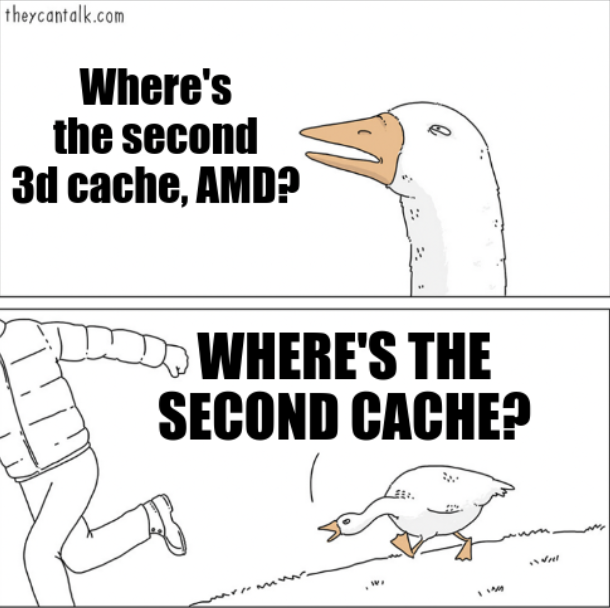AMD
1490 readers
1 users here now
AMD news, hardware reviews and analysis and discussions
founded 4 years ago
MODERATORS
1
2
3
4
5
6
7
8
9
10
11
12
AMD Formally Announces Ryzen 7 9800X3D Specs - Should Be Great For Linux Creators
(www.phoronix.com)
12
13
14
15
17
18
19
21
22
23
24
2
AMD reveals the MI325X, a 288GB AI accelerator built to battle Nvidia's H200
(www.theregister.com)
25
view more: next ›
